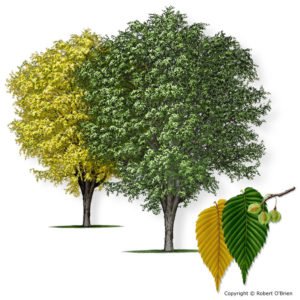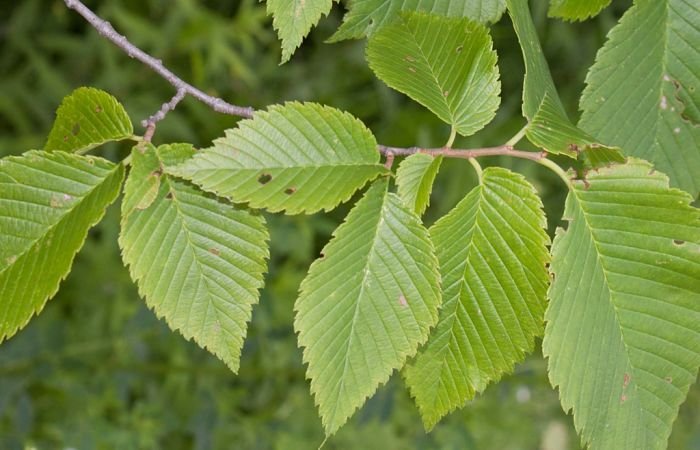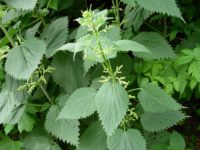Many people have asked why I substitute cornstarch in my bath bombs recipes with Slippery elm. After all, it makes the bath bomb a funny color and a bit misshapen. Here’s why.
One of my most favorite herbal remedies is Slippery Elm or Ulmus rubra. This little tree bark packs a healing punch like no other. It’s demulcent properties hydrate, cool, and heal everything it touches. Imagine a warm bath that hydrates, reduces swelling, and heals your skin as you soak. That is the “why” of all herbal remedies. Maximum improvement through small changes.
So, I’ll take the funny color along with a little misshapen bath bombs to have them work double and triple duty and make you the best you can be.
Other great things about Slippery Elm/ Ulmus Rubra
It is nutritive and a great source of nutrition for convalescence. Slippery Elm is a great survival food. It treats sore throats, bronchitis, or even voice over use. It heals stomach and colon inflammation, it used to treat colitis, irritable bowel syndrome, colic, dysentery. Again, it heals everything it comes in contact with.
Marshmallow root is a good substitute for Slippery Elm in a pinch.












